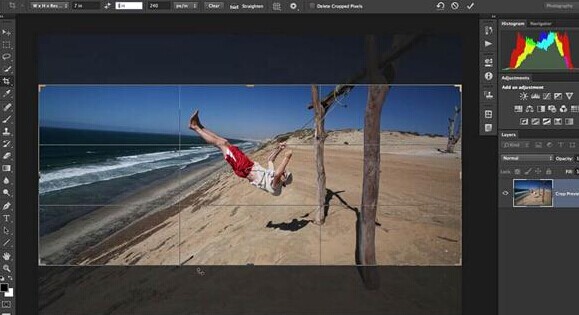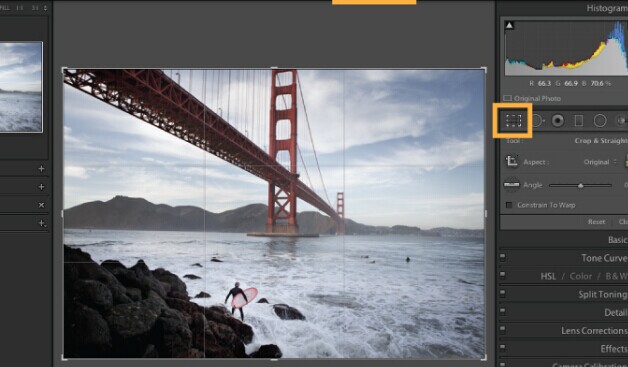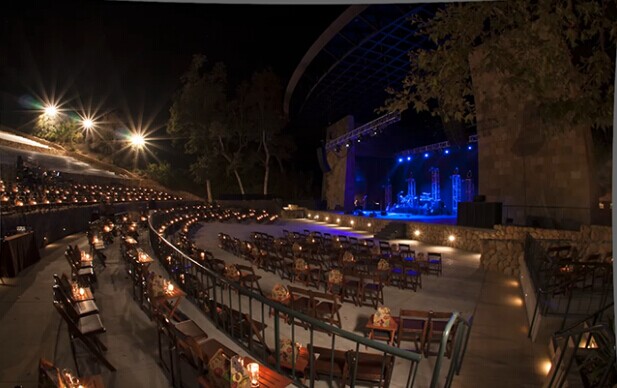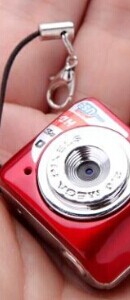Cropping in Lightroom Methods
There are two kinds of photographers. The latter are glistening bastions of photographic purity whose souls glow at a constant Zone 10. Cropping leads to even more sinful behavior, for example high speed bursts and shamelessly shooting above base ISO. Researchers graciously lecture us heathens on the evils of cropping and try to exorcise the post-processing devils from our souls. Additionaly researchers abhor us croppers, whom they consider inferior photographers – low down scum worse than fixer stains or a piece of grit in a bulk loader. Photo beginners could go on, but they’ll pick up where someone left off in the comments section.
Cropping in Lightroom Reasons
The Anti-Croppers will say all composition should be done in camera. That waiting to crop until in post is lazy. Some popular film sizes were 24x36mm, 2 1/4 inch by 2 1/4 inch square as used by the fabled Hasselblad and Rolleiflex cameras, 4×5 or 8×10 sheet film in view cameras, 4×3 in many point and shoot and mirrorless cameras, 16×9 widescreen and so forth. A little help from the cropping tool and the dull part of the photo is gone. In addition the new narrower horizontal format accentuates the motion of the water versus that of the bird. There is only one reason to crop a photo – to make the photo better. If it were, we’d have a real naughty time trimming all of Ansel Adams’ photos taken on 8×10 negatives to conform to the 2×3 standard. Trim the top and bottom equally to get a 2×3 ratio and the little horsey gets chopped off at the knees. Throughout the history of photography there have been many different film and digital dimensional formats.
Cropping in Lightroom Final Thoughts
Dragonflies are rather unpredictable in their movements, even when you are an expert on them. A dragonfly’s wings beat too fast for a human to even perceive their position, let alone anticipate it in a shot. So it’s a case of spray-and-pray. The more shots you get, the greater the chances of catching a nice shot. That would allow us to explore every rectangular permutation, but minimize post-processing induced laziness. Sounds good on paper, but wait, most lenses lose sharpness in the corners.











